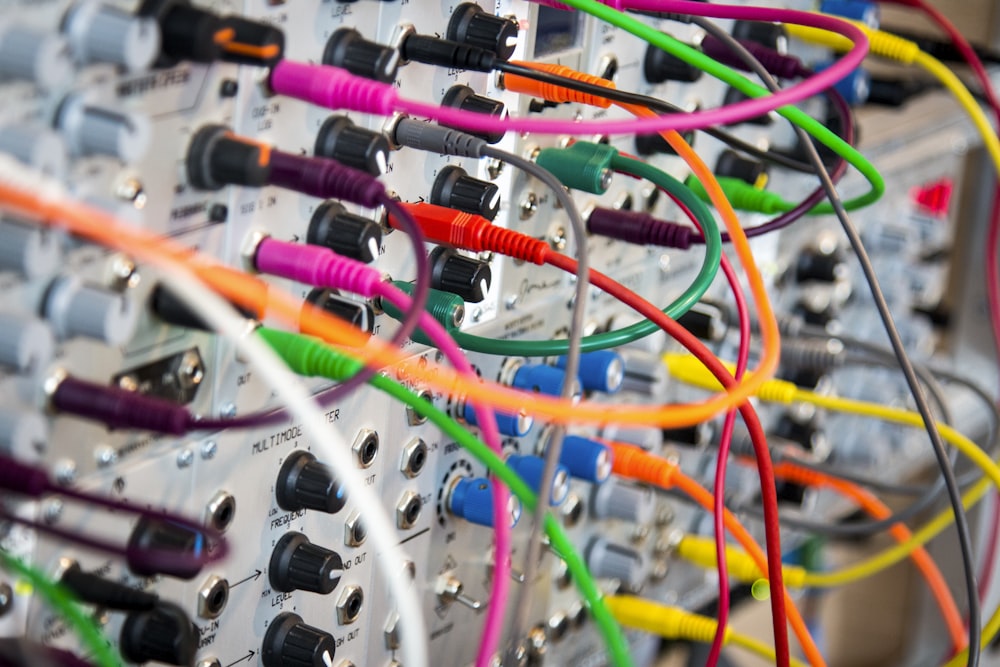Hawaii SEO – Best Practices for Both External Links and Internal Links
In my previous 2 post, I have focused my efforts on internal links. If you haven’t read it, catch up on Why Are Internal links Important? and How Are Internal links and SEO Connected?
Today, I will concentrate on external links. Moreover, I will discuss the best practices to use for external links and internal links.
Let’s discuss external links.
If an internal link refers to a page within the same website, an external link refers to a page outside your website. For example, clicking this link will send you to the Steve Mapua YouTube Channel. From being in the stevemapua.com, you will now be redirected to YouTube’s domain.
External Linking Best Practices
By now, you would have realized that external links and internal links are different from each other. So, here are the best practices that applies for external links.
- Only link when necessary,
- Link websites that you absolutely trust,
- Do not overdo it, and end up adding too many external links,
- Only link it when you think the external link will be useful to the users,
- Link websites that have original content,
- Link relevant sites only,
- To avoid any link penalties in the future, when necessary, use ‘nofollow’ attribute for external links.
Internal Linking Best Practices
- Use internal links to enhance user experience and provide quicker website navigation
- If possible, add relevant keywords as your anchor text. Avoid exaggerations, meaning don’t repeat the same anchor text over and over.
- Apply the ‘nofollow’ attribute responsibly.
- Check for broken internal links because if your website has one, it’s bad for SEO.
- Link related pages only, and do not link pages together if they don’t have a common denominator. Do not add internal links just for the sake of adding links to your website.
- If adding keywords as anchor text is not applicable, you can always insert the page titles. For example… To learn more about website design, refer to the Important Web Pages When Making a Website.
- Remember, attaching internal links to image may not be useful. To satisfy both users and search engines, apply internal links to texts only.
- Lastly, just because there’s no limit to the number of internal links, it does not mean that you can exaggerate and add too many links in one page. No, please don’t add 1,000 internal links in a single page.
To summarize…
Internal links are extremely important for higher SEO scores, yet many people still fail to follow the best practices listed above. Don’t keep on applying the wrong approach on links. That’s why I posted this article to help you familiarize the best practices for external and internal links.
Always consider what makes your users happy. Think of ways how they will stay longer on your website. I have discussed this on How to Keep Your Audience Stay Longer on Your Website. Make sure that they visit the other pages on your website before they decide to leave. You can only do this effectively when you add internal links.
Look at internal links as a great opportunity to widen your scope. You can’t just focus on this or that topic forever. Your website should continually grow to tap on a bigger audience.

